- Bina Rumah Batu-Bata
- Zero Deposit
- Spesifikasi Rumah
- Lokasi Projek
- Pembiayaan LPPSA
- Garis Panduan LPPSA (Rasmi)
- Soalan Lazim LPPSA
- E-Book LPPSA (Download)
- 1. Apa itu LPPSA?
- 2. Kelebihan LPPSA
- 3. Syarat Kelayakan
- 4. Jenis-Jenis Pembiayaan
- Jenis 1 – Pembelian Rumah Kediaman Yang Telah Siap
- Jenis 2 – Membina Rumah Di Atas Tanah Sendiri
- Jenis 3 – Membeli Rumah Kediaman Yang Sedang Dibina
- Jenis 4 – Pembelian Tanah Bagi Pembinaan Rumah
- Jenis 5 – Melunaskan Keseluruhan/ Sebahagian Pinjaman Sedia Ada Daripada Bank/ Institusi Kewangan
- Jenis 6 – Pembinaan Rumah Kediaman Di Atas Tanah Yang Sedang Dibiayai Oleh BPP/ LPPSA
- Jenis 7 – Ubah Suai Rumah Yang Sedang Atau Telah Selesai Bayar Melalui LPPSA
- 5. Semak Kelayakan LPPSA
- 6. Dokumen Yang Diperlukan
- 7. Insurans/ Takaful LPPSA
- 8. Kos Yuran Guaman
- 9. BONUS: Bina Rumah
- Pembiayaan Koperasi
- Pengeluaran KWSP
- Bayaran Tunai
- Kalkulator
How to Spot Good Wood: 7 Timber Tips for Malaysian Homeowners | RumahHQ
When it comes to building or renovating your home in Malaysia, choosing the right wood can make a world of difference. Whether you’re dreaming of a cozy wooden deck or sturdy furniture, the quality of the timber you pick can impact everything from aesthetics to durability. But with so many options out there, how do you know what good wood actually looks like? Fear not! We’ve put together seven handy tips to help you spot quality timber like a pro. So, let’s dive in and ensure that your next woodworking project stands the test of time, all while giving your home that warm, natural touch it deserves!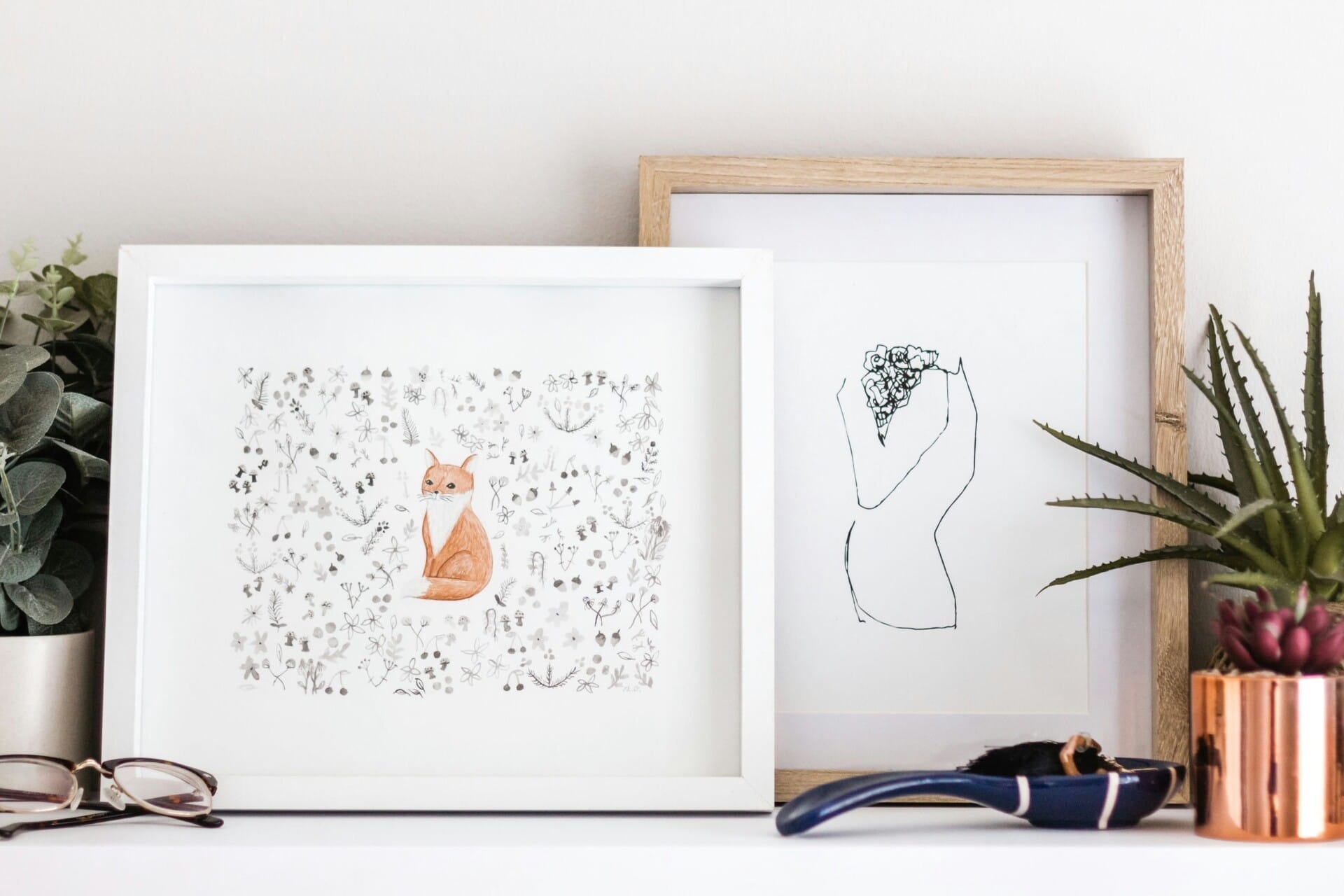
Understanding Wood Types Commonly Used in Malaysia
When it comes to choosing timber for your home in Malaysia, the variety can be both exciting and overwhelming. Different types of wood not only offer unique aesthetic qualities but also come with their own benefits and drawbacks. Here are some popular wood types you might encounter:
- Balau: Known for its durability, this hardwood is perfect for outdoor applications and can withstand harsh weather conditions.
- Teak: Highly sought after for its rich color and resistance to decay, teak is ideal for both furniture and flooring.
- Rubberwood: An eco-friendly option sourced from rubber trees, it’s affordable and often used in furniture making.
- Mangkukanna: This tropical hardwood has a distinctive look and is used for decorative items and carvings.
Each wood type has distinctive characteristics that can influence your choice based on your specific needs. For instance, if longevity is a top priority, opting for hardwoods like teak or balau could be your best bet. Conversely, if you’re looking for an affordable option, rubberwood might make more sense. The key here is to weigh aesthetics and functionality as well as the wood’s origin and treatment methods to ensure you choose sustainably sourced materials.
| Wood Type | Uses | Key Benefits |
|---|---|---|
| Balau | Outdoor decks, furniture | Highly durable, water-resistant |
| Teak | Furniture, flooring | Beautiful finish, decay-resistant |
| Rubberwood | Furniture, plywood | Affordable, eco-friendly |
| Mangkukanna | Decorative items | Unique appearance, versatile |
Understanding wood types allows you to make informed decisions for your home projects while appreciating the natural beauty of timber. Whether you’re crafting a chic indoor space or designing a cozy patio, selecting the right wood can elevate your design and ensure long-lasting satisfaction. Plus, knowing your wood types helps you appreciate Malaysia’s rich forest heritage while contributing to sustainable practices in the timber industry.

Identifying Quality Through Visual Inspection Techniques
When it comes to choosing timber for your home, a quick visual inspection can save you both time and money. Start by examining the surface finish of the wood; quality timber should possess a smooth and even finish, without signs of peeling or chalking. Look for any signs of discoloration, which can indicate problems like water damage or mold. Always trust your instincts—if it doesn’t look right, it probably isn’t.
Next, pay attention to the grain patterns. Each wood species has its unique grain that not only adds to the aesthetic appeal but also hints at the wood’s strength and durability. Healthy timber will show tight, straight grains, while a more chaotic pattern might suggest weaknesses due to growth or treatment issues. Also, check for knots; while some knots can enhance the visual interest, excessive knots might compromise the structural integrity of the wood.
an easy yet effective method is to conduct the thumb test. Gently press your thumb against the wood; if it easily leaves a mark, the wood might be too soft or of inferior quality. A high-quality timber should feel firm and springy, suggesting it is well-processed and seasoned. Combining these visual cues with your tactile assessment will give you a comprehensive understanding of the timber’s quality, ensuring you make the best choice for your home.
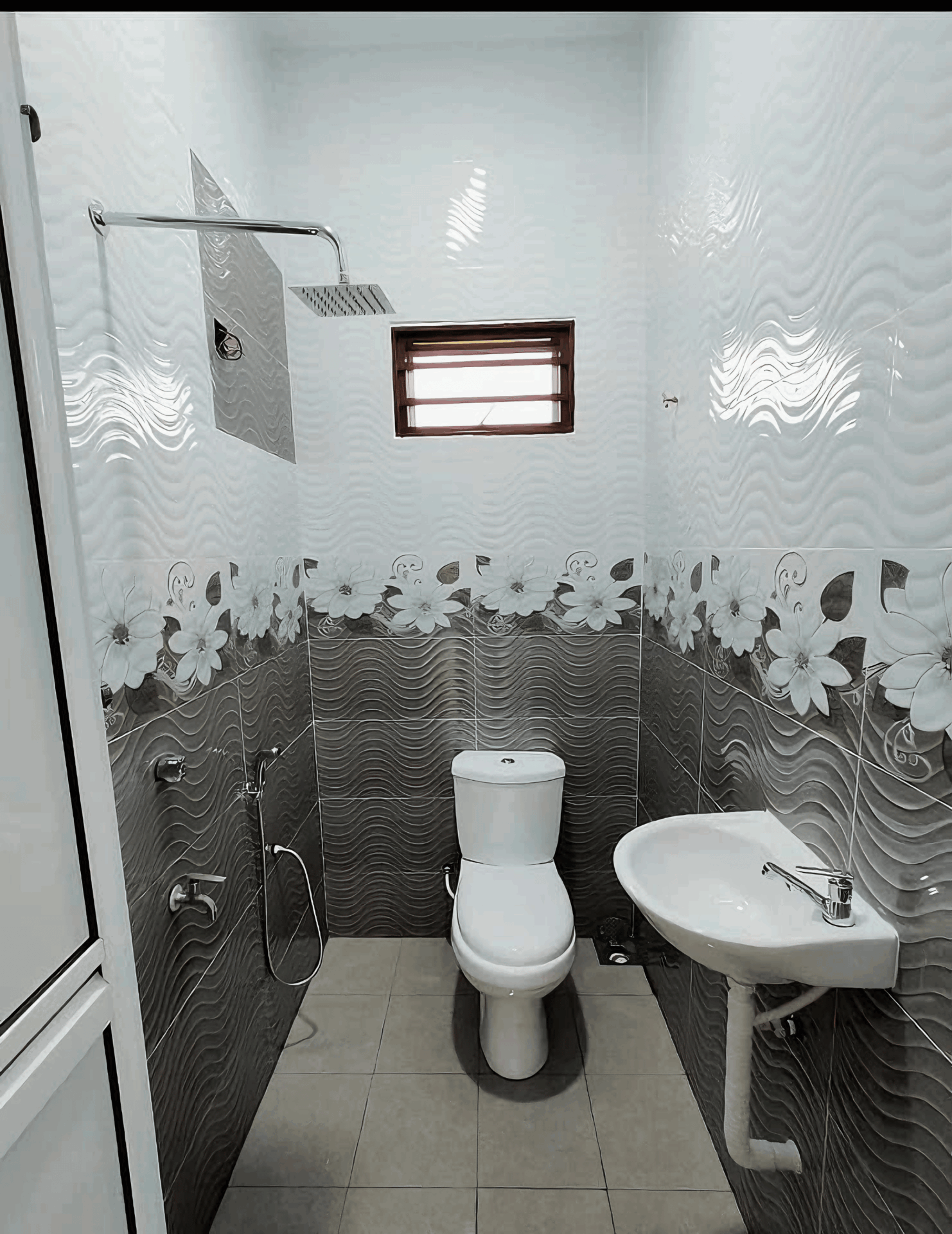
The Importance of Grain Patterns in Timber Selection
When selecting timber, the grain pattern is a crucial element that goes beyond mere aesthetics. The unique designs formed in the wood can speak volumes about its quality and suitability for specific applications. Different types of timber have distinct grain patterns; for instance, the tight, straight grain of teak not only enhances its beauty but also indicates strength and durability. Recognizing these patterns helps ensure that the wood you choose withstands the test of time, especially in Malaysia’s humid climate.
Moreover, the visual appeal of the grain can impact the overall ambiance of your home. Whether you prefer rustic charm or modern sleekness, the grain pattern can make or break the look you’re going for. Some popular patterns to look for are:
- Flame Birch: Known for its wavy, flame-like appearance that adds character.
- Quarter Sawn Oak: Features a distinct ray fleck that enhances its natural luster.
- Curly Maple: Offers a mesmerizing, swirling design that catches the light beautifully.
In addition to aesthetics, the direction and uniformity of the grain can indicate how well the wood will hold up under stress. A straight grain typically means better stability, while irregular patterns might suggest weaknesses. When evaluating timber, it’s also helpful to consider the following:
| Grain Pattern | Characteristics | Best Use |
|---|---|---|
| Straight Grain | Stable and reliable | Structural uses, furniture |
| Wavy Grain | Unique and artistic | Decorative pieces |
| Curly Grain | Visual depth and richness | High-end woodworking |
Ultimately, understanding grain patterns isn’t just about choosing a beautiful piece of wood; it’s about ensuring longevity and functionality in your home projects. Paying attention to these details enables you to make informed decisions, leading to better outcomes and a more satisfying timber selection experience.
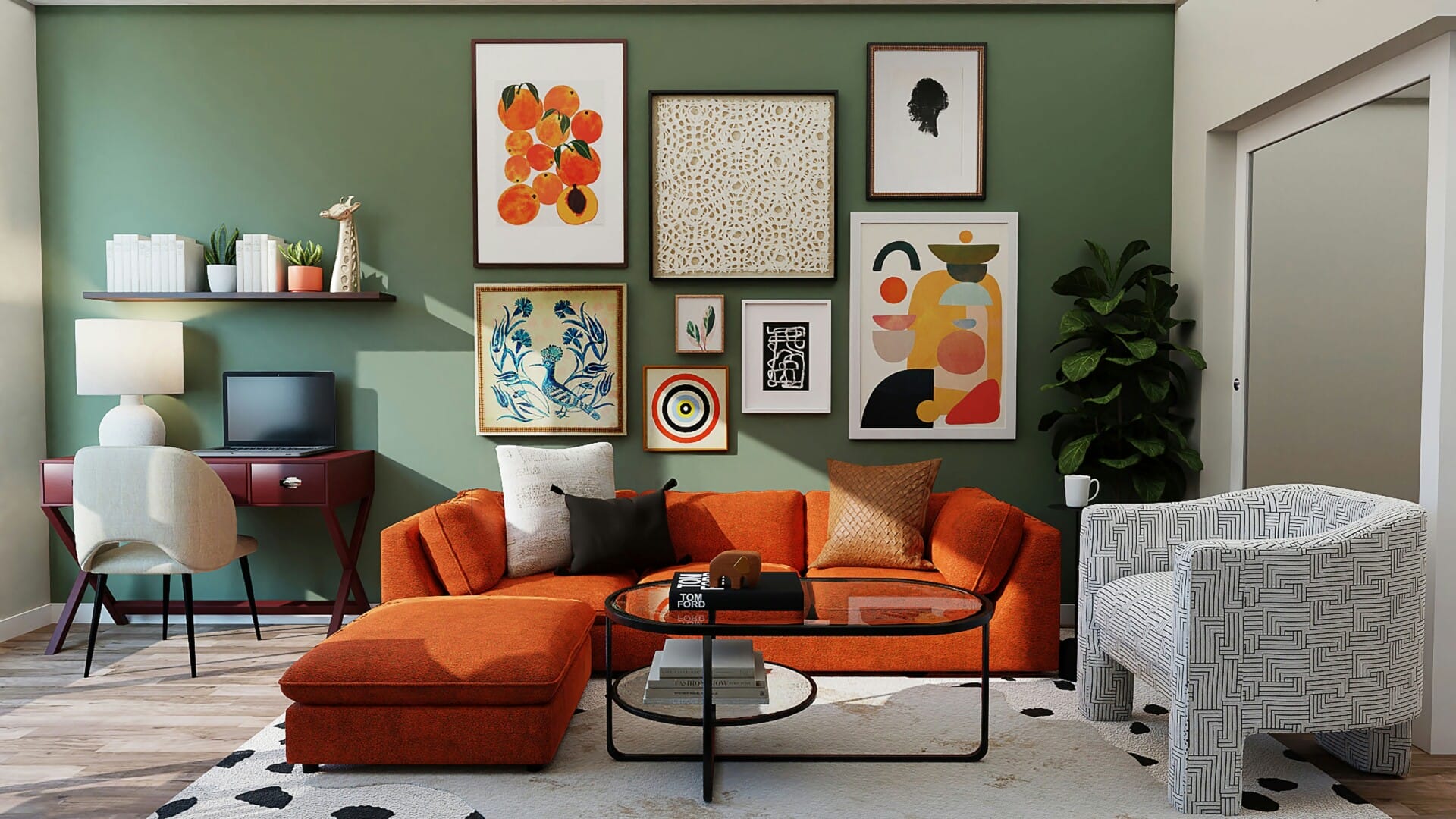
Evaluating Moisture Content for Longevity
Understanding the moisture content in wood is crucial for ensuring its longevity, especially in the unique Malaysian climate. High humidity levels can wreak havoc on improperly dried timber, leading to warping, splitting, or even fungal growth. Therefore, it’s essential to select wood that has the right moisture content for your specific needs, usually between 12% to 20% for indoor use and 20% to 25% for outdoor applications. Conducting a simple moisture test can save you from costly repairs in the long run.
To check the moisture content effectively, you can use a few handy methods:
- Moisture Meter: This is the most accurate option. A moisture meter provides precise readings on the spot, helping you determine if the wood meets your requirements.
- Weight Test: Weigh a piece of wood before and after drying it completely. A significant weight difference suggests excess moisture.
- Hand Test: This one’s old-school but works. Squeeze the wood tightly; if moisture seeps out, it’s too wet to use.
In addition to these tests, you should also consider the type of wood you’re working with, as different species have varying tolerances for moisture. Here’s a quick comparison of commonly used Malaysian timbers:
| Wood Type | Ideal Moisture Content | Susceptibility to Moisture |
|---|---|---|
| Meranti | 15% – 18% | Moderate |
| Bamboo | 10% – 16% | High |
| Teak | 12% – 15% | Low |
By keeping an eye on moisture content and performing these simple checks, you can ensure that the wood you choose will stand the test of time, offering both beauty and resilience to your home in Malaysia.
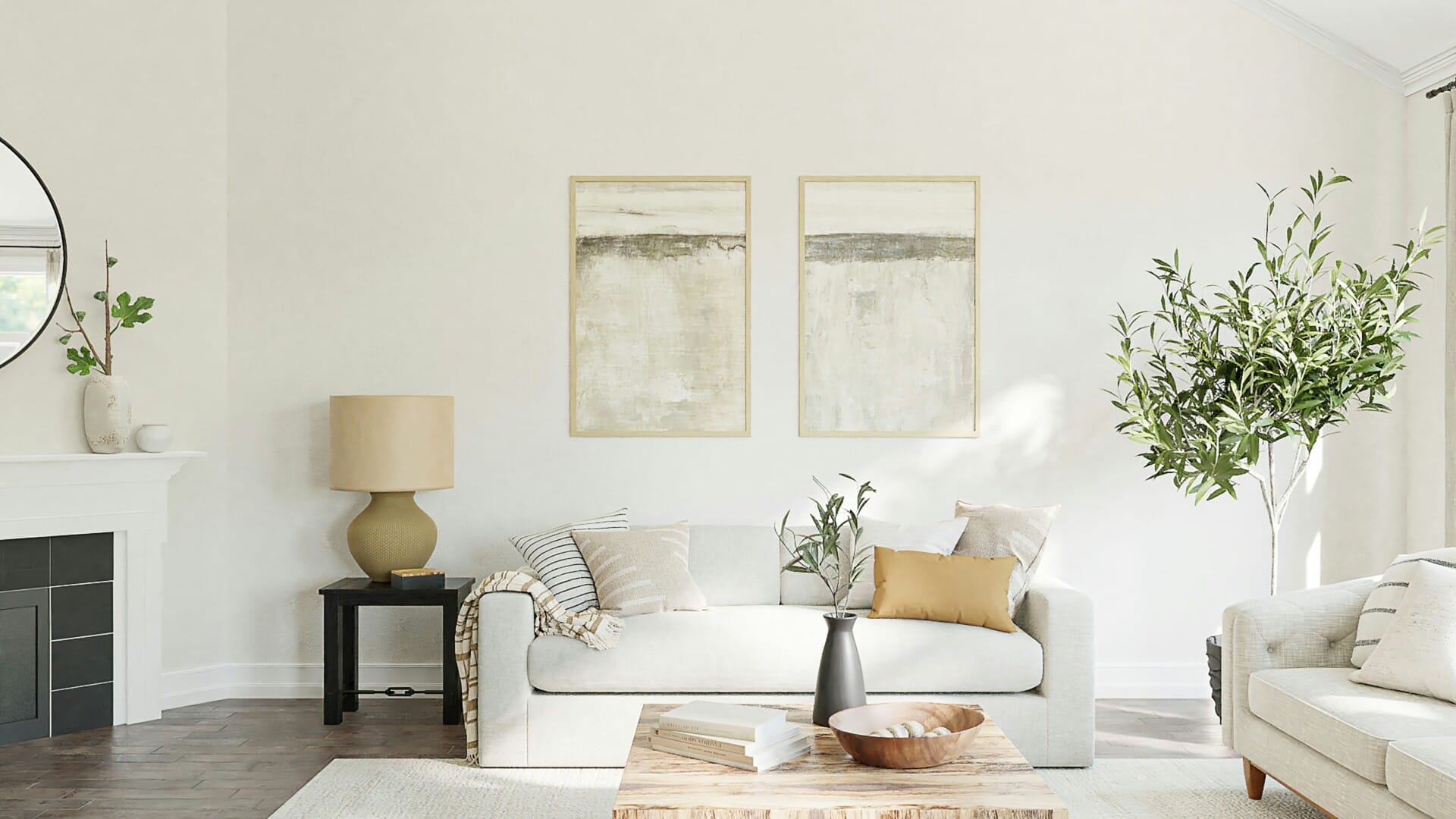
Recognizing Signs of Insect Damage and Decay
When inspecting timber for potential insect damage, there are several signs that can give away trouble lurking beneath the surface. One of the most noticeable indicators is the presence of small holes or pincered marks on the wood. These can point to wood-boring insects like termites or beetles. Additionally, a light dusting of sawdust around these holes could signal active infestations. If you notice any of these signs, it might be wise to investigate further or consult a pest control expert.
Another crucial aspect to keep an eye on is the overall structural integrity of the wood. Run your hand along the wood’s surface; if you feel soft or crumbling areas, it’s likely the timber has sustained damage. Insects often weaken the wood from the inside out, leading to decay. If a piece can be easily dented or punctured by pressure, that’s often a red flag for homeowners. Always keep an eye on areas where wood is in contact with moisture, as these spots are more prone to both insect infestations and decay.
It’s also essential to be aware of discoloration or strange odors emanating from the wood. Dark streaks or spots can indicate fungal growth, while a musty smell might be a sign of decay. To help you visualize the condition of the wood, here’s a quick reference table:
| Sign of Damage | Possible Cause |
|---|---|
| Small holes | Wood-boring insects |
| Sawdust accumulation | Active insect infestation |
| Soft or crumbly texture | Structural damage |
| Discoloration | Fungal growth |
| Musty odor | Decay |
By staying vigilant and recognizing these signs, you can better protect your wooden structures and ensure they remain strong and beautiful for years to come.

Choosing Sustainable and Eco-Friendly Wood Options
If you’re on a mission to choose timber that leaves a lasting positive impact, it’s essential to look for sustainably sourced and eco-friendly wood options. Start by seeking out certifications that ensure the wood has come from responsibly managed forests. Check for labels from recognized organizations like the Forest Stewardship Council (FSC) or the Programme for the Endorsement of Forest Certification (PEFC). These certifications mean the wood is harvested in a way that maintains the ecosystem and respects local communities. Always ask your supplier where the wood comes from and about its sustainability credentials — transparency is key!
Then, consider the type of wood you’re investing in. Some species are more sustainable than others. For example, bamboo is a fantastic alternative as it grows rapidly and can be harvested without killing the plant. Other options include rubberwood, which is a byproduct of the rubber industry and makes great use of trees that have completed their latex-producing cycle. Opting for reclaimed or recycled wood is yet another eco-friendly choice; it not only reduces waste but also brings a unique character to your space. Just imagine the stories those weathered timbers could tell!
Lastly, it’s vital to think about how your choice of finish and preservatives can impact the environment. Look for low-VOC (volatile organic compounds) finishes and natural oils, as these are much kinder to our planet and indoor air quality. If possible, go for local suppliers who offer sustainably sourced products to cut down on transportation emissions. By making informed choices, you not only enhance the beauty of your home but also contribute positively to the environment and community. Here’s a quick checklist to keep in mind:
| Criteria | What to Look For |
|---|---|
| Certification | FSC or PEFC |
| Wood Type | Bamboo, Rubberwood, Reclaimed |
| Finishing Products | Low-VOC, Natural Oils |
| Supplier | Local, Sustainable Sources |
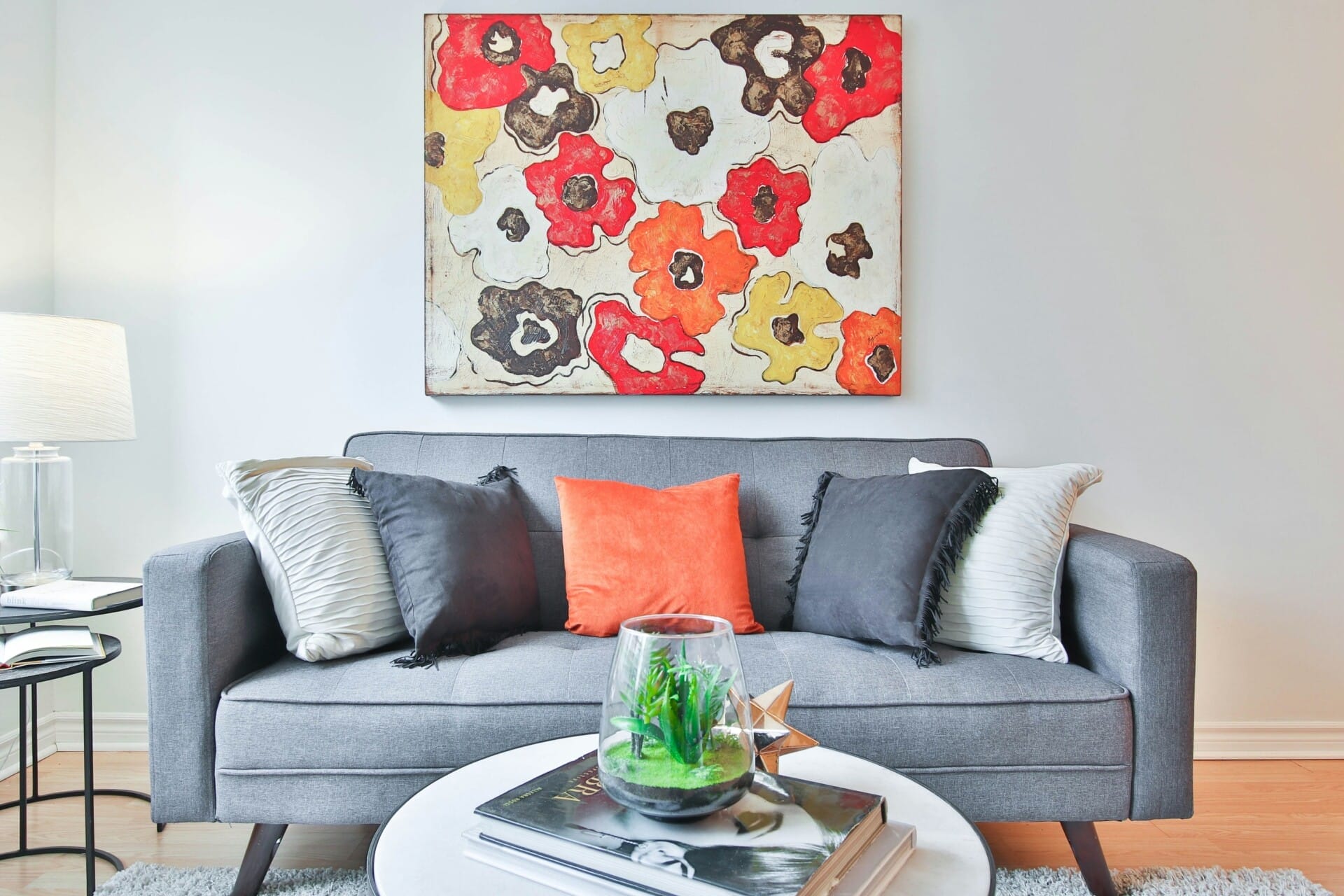
Testing the Durability of Different Timber Species
When it comes to building or renovating your home, understanding the durability of different timber species is essential. Whether you’re considering hardwood or softwood, each type of wood has its unique strengths and weaknesses. Some timbers, like Teak and Mahogany, are renowned for their resistance to weathering and decay, making them excellent choices for outdoor furniture or structures. Others, such as Pine and Fir, may be more economical but could require additional protection or treatment to withstand Malaysia’s humid climate.
Testing the durability of timber can involve several methods, from simple visual inspections to more scientific approaches. Here are a few practical tips you might consider when choosing wood for your projects:
- Moisture Resistance: Look for timber that’s naturally resistant to moisture; check out the grain patterns which can be telling.
- Decay Resistance: Some woods have natural antifungal properties. For instance, wood rich in oils, like Teak, fights off decay effectively.
- Strength Tests: Try applying pressure or bending the wood slightly—stronger timbers will resist deformation.
For a more scientific approach, you can refer to standardized durability ratings assigned to timber species globally. Here’s a quick look at a few popular Malaysian timber species and their durability ratings:
| Timber Species | Durability Rating | Common Uses |
|---|---|---|
| Teak | Highly Durable | Outdoor furniture, decking |
| Mahogany | Durable | Cabinetry, flooring |
| Pine | Moderately Durable | Indoor furniture, moldings |
| Rubberwood | Moderately Durable | Furniture, household items |
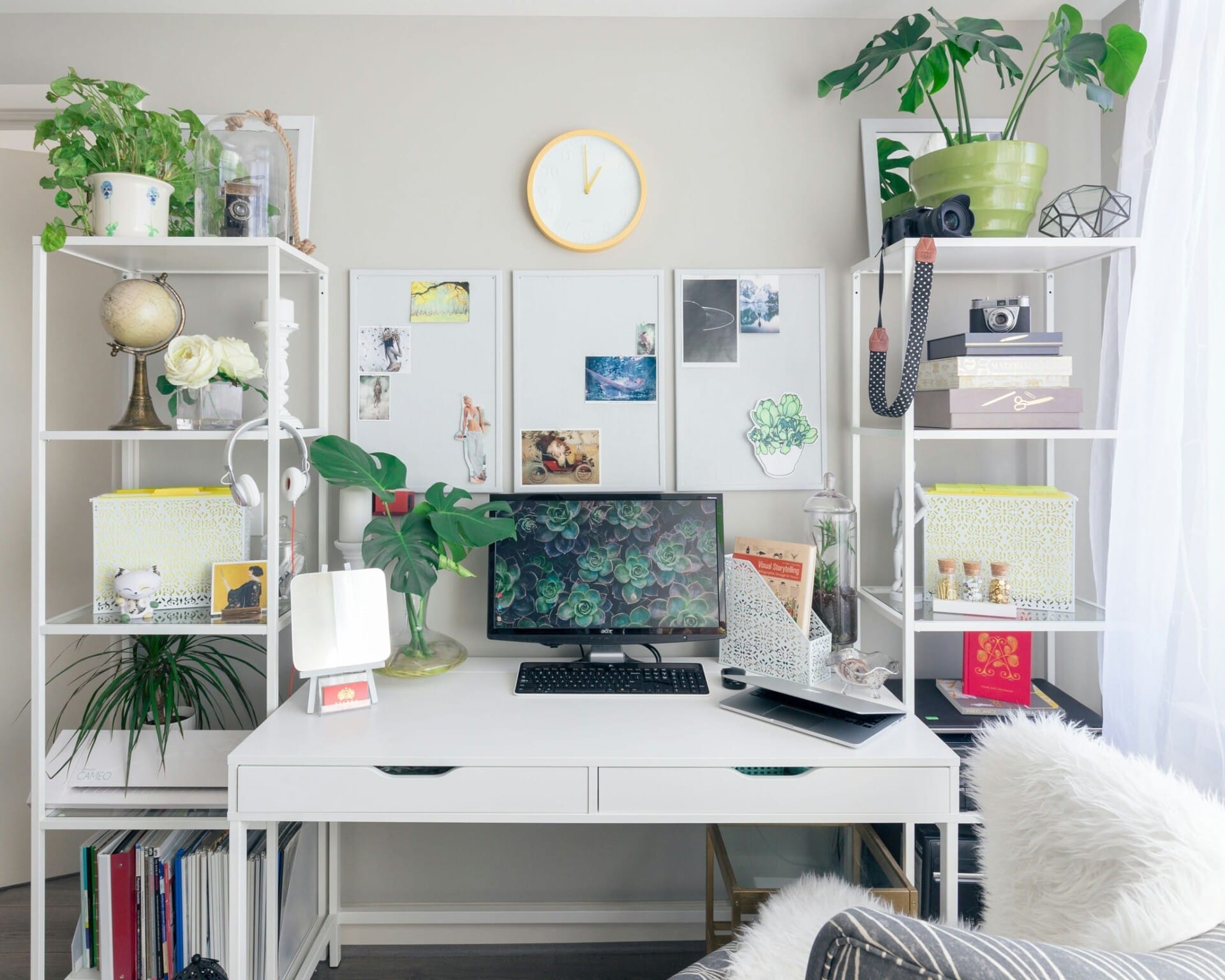
Making Informed Decisions: Where to Buy Quality Wood in Malaysia
When it comes to purchasing quality wood in Malaysia, making informed choices is crucial. It’s essential to recognize that not all wood suppliers are created equal, and your decision can significantly impact your project’s outcome. Start by researching local timber merchants, as they often carry a variety of wood species suited for the Malaysian climate, such as Meranti, Balau, and Teak. Don’t hesitate to ask about certifications like Forest Stewardship Council (FSC) or Malaysian Timber Certification Council (MTCC); these ensure that the wood is sourced sustainably.
Visiting suppliers in person can give you a better sense of the product quality. Look for reputable wholesalers or even local sawmills where you can inspect the wood firsthand. While you’re there, take note of the following:
- Color Consistency: Check for uniformity across pieces.
- Grain Patterns: Natural patterns can indicate quality and style.
- Moisture Content: Dry wood will be more stable; use a moisture meter if available.
Comparing prices is also part of the process. It’s advisable to gather quotes from multiple vendors to avoid overpaying. To simplify your decision-making, here’s a quick table summarizing a few popular wood types and their typical price ranges:
| Wood Type | Price Per Cubic Meter (RM) | Best Use |
|---|---|---|
| Meranti | 800 – 1,200 | Furniture, Interior Fittings |
| Balau | 1,200 – 1,800 | Outdoor Decking, Marine Applications |
| Teak | 2,500 – 4,000 | High-End Furniture, Flooring |
Concluding Remarks
And there you have it, folks! We’ve unraveled the mystery of spotting good wood right here in Malaysia. Whether you’re diving into a DIY project or planning a cozy home upgrade, knowing these seven timber tips will save you both time and money. Remember, a little knowledge goes a long way when it comes to selecting quality timber that’s durable and stylish.
So, keep your eyes peeled and trust your instincts the next time you step into a timber shop or browse through a furniture store. Your home deserves the best, and with these tips in your toolkit, you’ll be well-equipped to make the right choices. Happy woodworking or shopping—whichever you choose! And don’t forget to share your timber adventures with us. Until next time, happy home creating!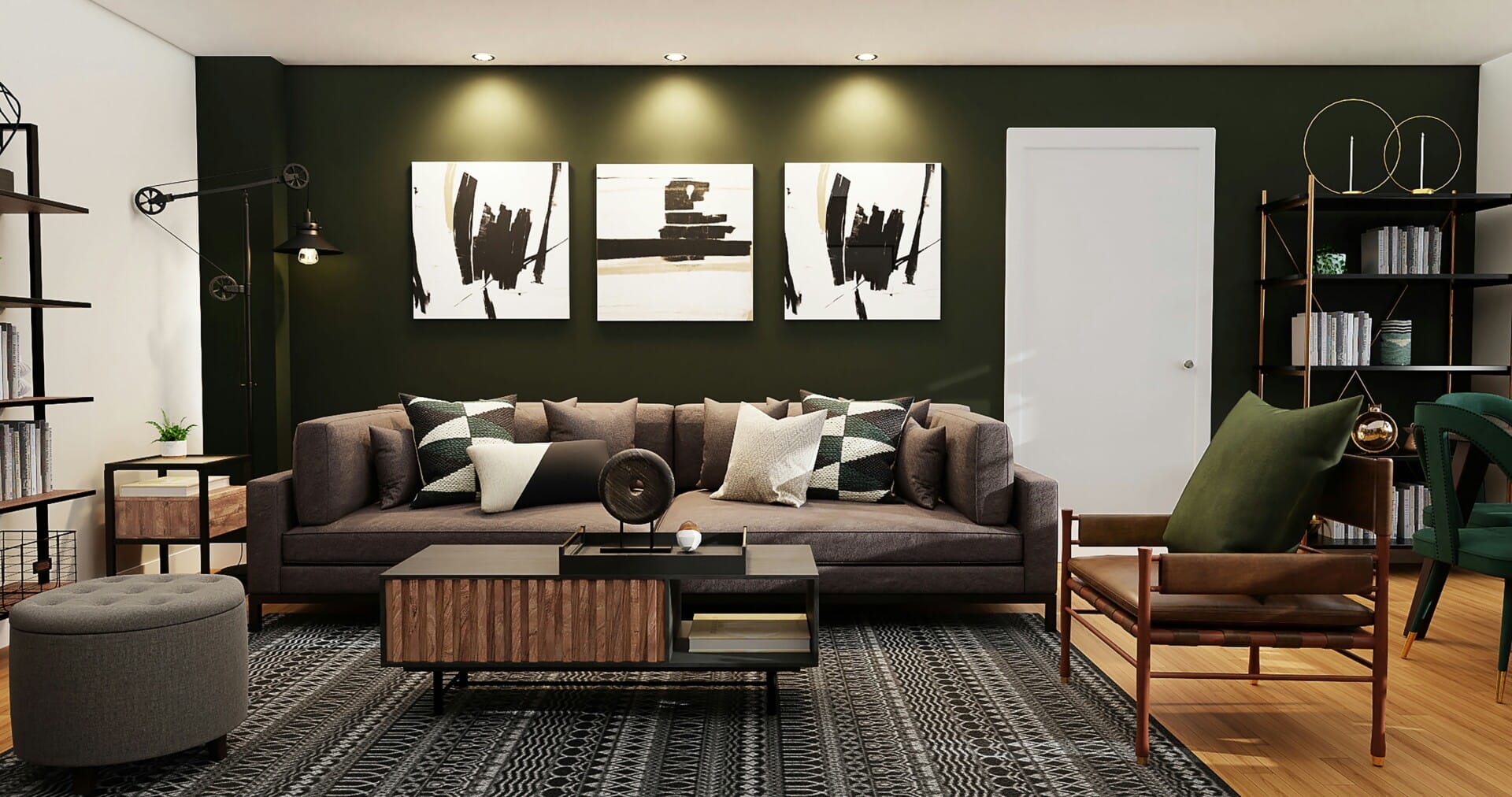
Source link
kontraktor rumah
bina rumah
pinjaman lppsa
pengeluaran kwsp
spesifikasi rumah
rumah batu-bata
pelan rumah
rekabentuk rumah
bina rumah atas tanah sendiri
kontraktor rumah selangor
rumah banglo



